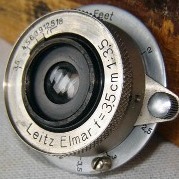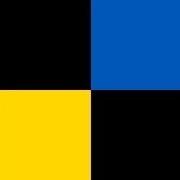Getting Back into B&W Developing\.
-
Recently Browsing 0 members
- No registered users viewing this page.
-
Similar Content
-
- 17 replies
- 899 views
-
- 2 replies
- 298 views
-
- 2 replies
- 266 views
-
- 31 replies
- 1,954 views
-
- 16 replies
- 929 views
-




Recommended Posts
Join the conversation
You can post now and register later. If you have an account, sign in now to post with your account.
Note: Your post will require moderator approval before it will be visible.